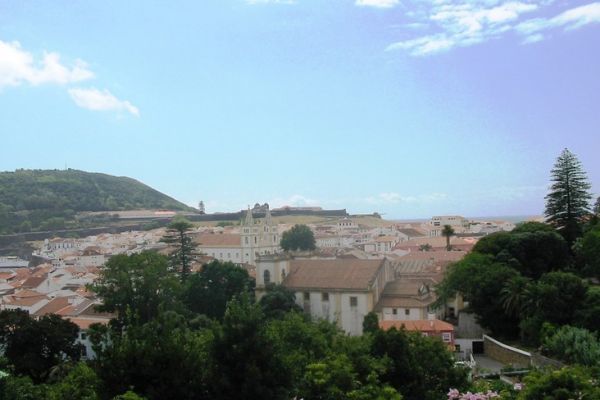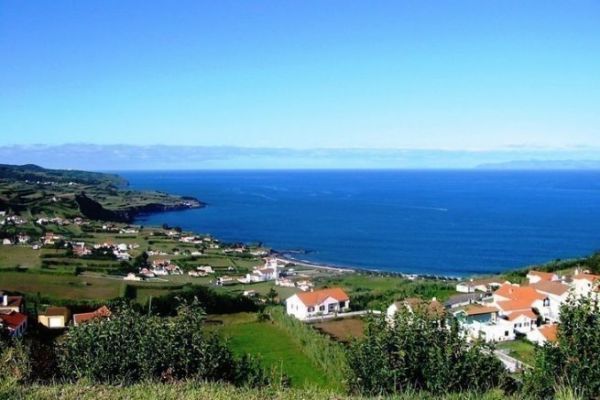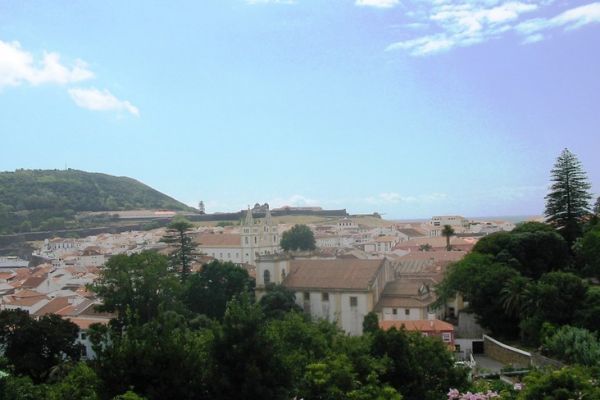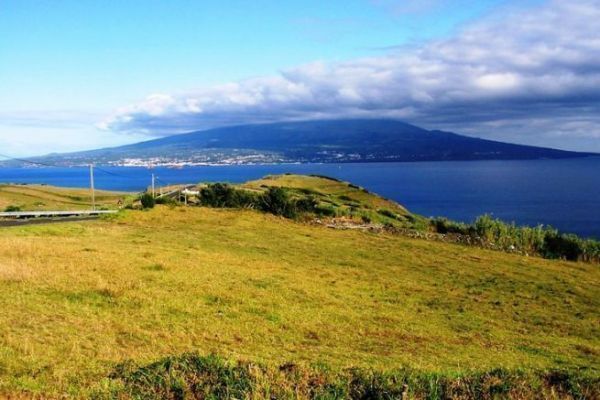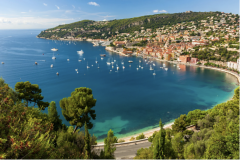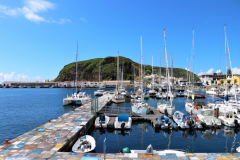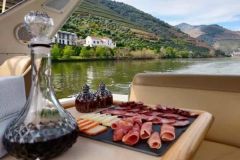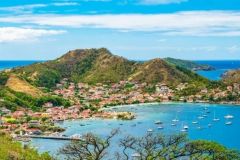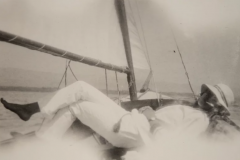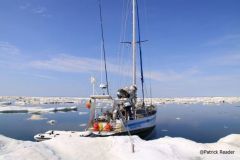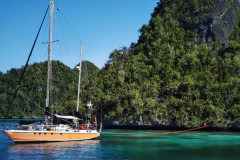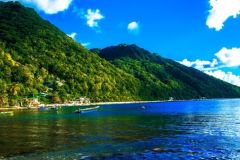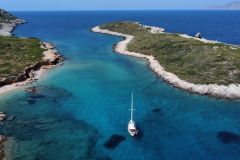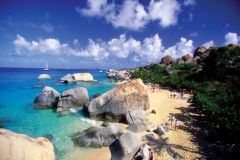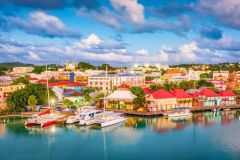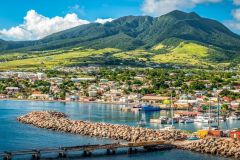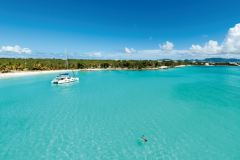Angra do Heroísmo, the delightful port of Terceira
An early departure from Sao Miguel, the capital island of the Azores, in the company of a few local fishing boats, too poorly lit, allows us to reach the island of Terceira after a daytime navigation. Angra do Heroísmo welcomes us at the end of the afternoon in its cramped marina. At the price of a delicate maneuver, our bulky Catafjord was installed a few dozen meters from one of the most beautiful harbors we had visited.
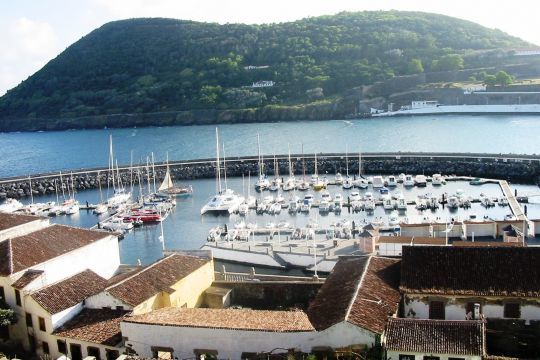
A city classified as a World Heritage Site by UNESCO
The architecture is particularly interesting. The first buildings of Angra do Heroismo date back to the 15th century, when ships and caravels loaded with the wealth brought back from the Americas or the Orient used to stop in the bay of Angra, well sheltered from the prevailing winds. The city is full of stately homes and magnificent churches, which we spend the day visiting on foot.
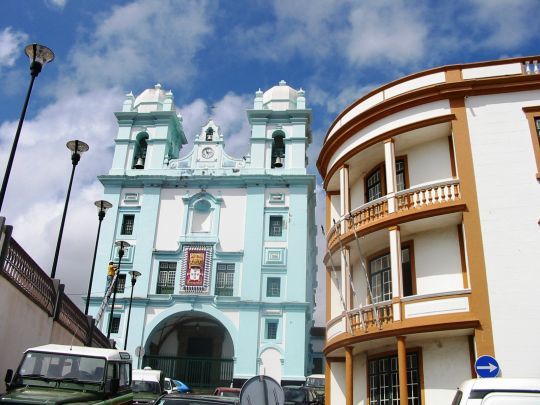
The streets are made of black and white cobblestones and the sidewalks are decorated with geometric patterns. The people are friendly and smiling. There is a great serenity here.
A vineyard to visit in the heart of the island
In the small villages, fishermen repair their lines and repaint their boats. Natural pools were dug by the sea in the lava during past eruptions.
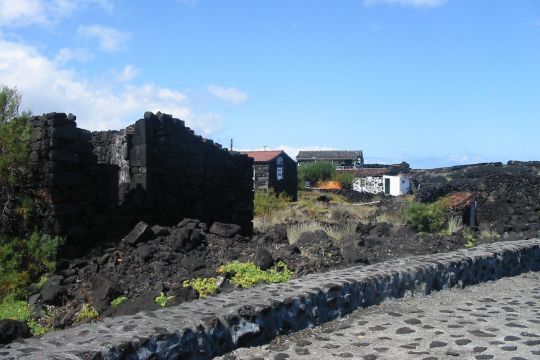
The wine museum of Biscoitos is worth a visit, if only for its tastingsâeuros¦ The vineyards are protected from the wind by charming stone walls. Each space thus constituted shelters an average of nine vines. In the center of the island, the volcanic facades are manifested by abundant fumaroles and more or less odoriferous sulfur rejections. All this presents a real geological interest to which amateurs will undoubtedly be sensitive.
An island also agricultural
The cows ruminate their greenery under the nose of the fishermen preparing their lines before going to sea. Largely as captivating as watching the TGVâeuros¦ Nicknamed "the island of bulls", Terceira is famous for its "touradas a corda", a bullfighting game-show practiced on the occasion of village festivals. The animal, with its horns, rushes through the crowd. It is maintained in semi-liberty at the end of a tether held by four men.
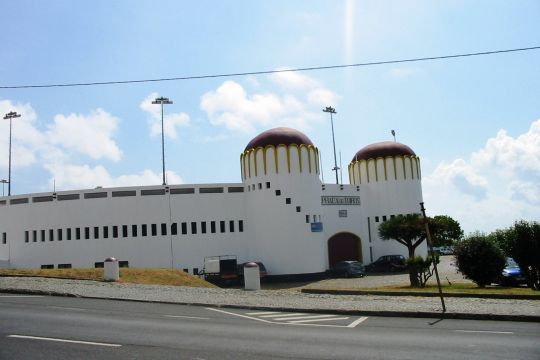
Thirteen miles to the east, Praia de Victoria offers all the comforts of a modern marina in the shelter of its large pier.
La Graciosa, classified as a World Biosphere Reserve by UNESCO
Located about 55 miles northwest of Terceira, Graciosa covers 61 km². It is a concentrate of those typical Azorean landscapes. The religious buildings of the 18th century, l he chapels that can be visited, the maritime sites, which adjoin vineyards and natural poolsâeuros¦ However, the Caldeira da Graciosa is unique in its kind. Its crater has superb caves, including that of La Furna do Enxofre, enhanced by its delicate underground lake. These riches have led the island to be classified by UNESCO for its natural heritage.
A marina project is underway in the northeast of the island.
Sao Jorge, a long island
Sao Jorge, an island of volcanic origin, stretches its 245 km² in length. The Pico da Esperançà culminates at 1050 meters. High cliffs overhanging the ocean alternate with the famous fajas, flat areas, without elevation, at sea level. These platforms are the result of landslides or lava flows. Sao Jorge is an island very appreciated by hikers, but also by boaters, because some sites are accessible only by boat.
The island has a small marina in Velas on its southern coast.
